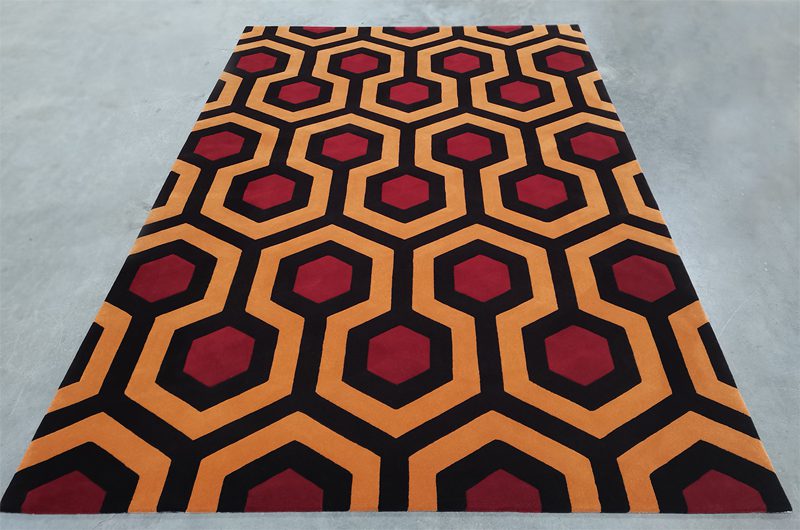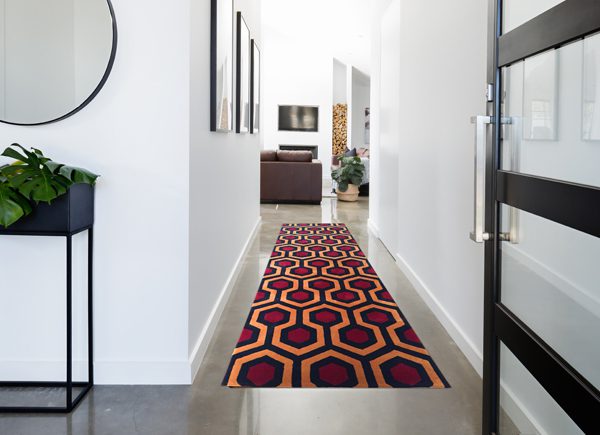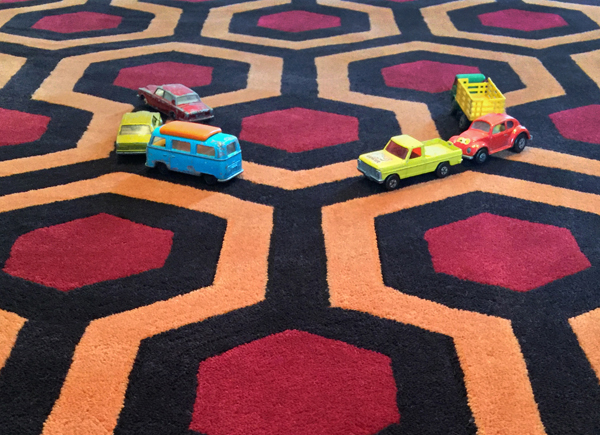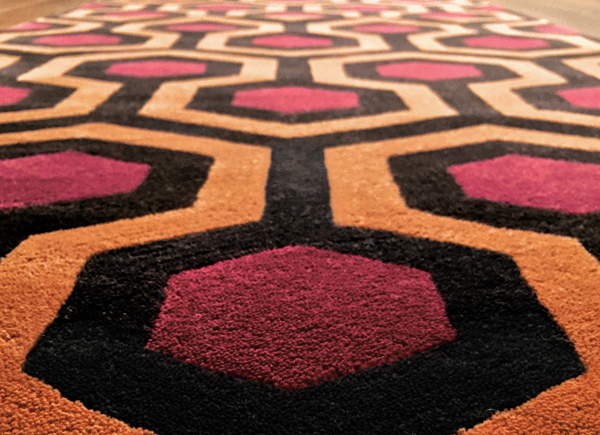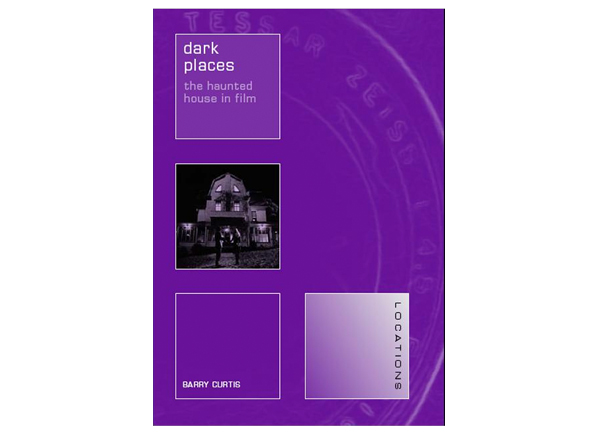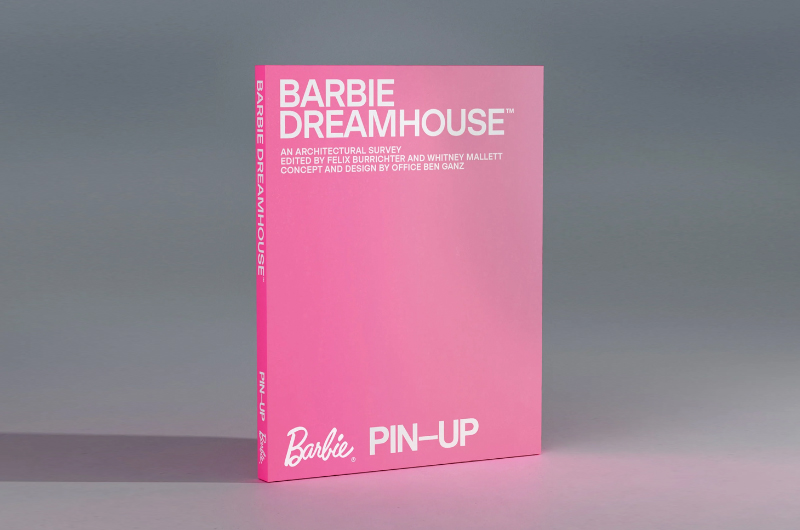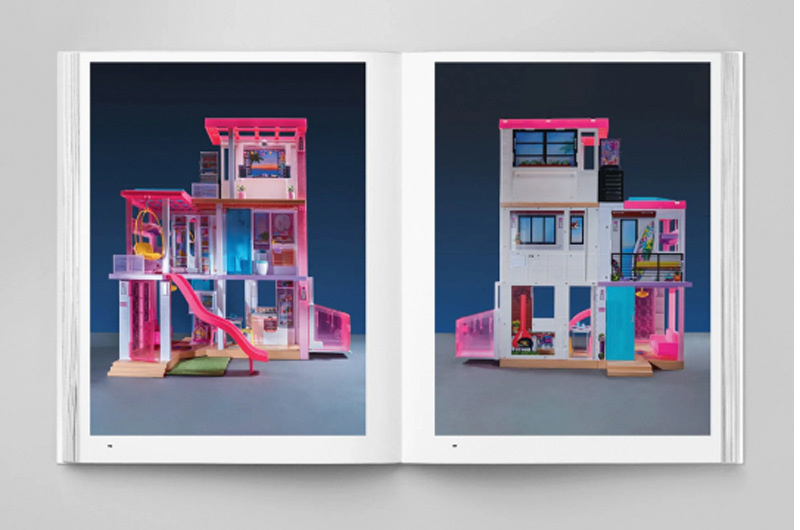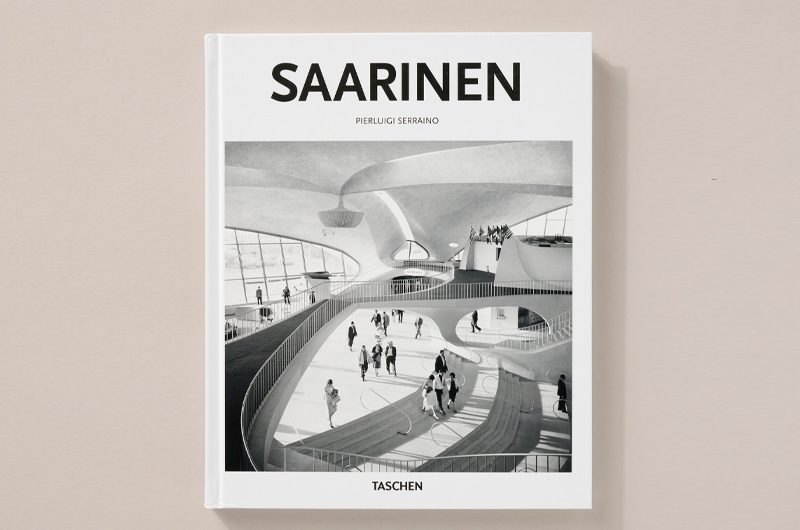Psycho 65th Anniversary 2025: The House, the Shower, and Its Enduring Design Legacy
On 16 June 1960, Alfred Hitchcock unleashed the most iconic shower scene in cinema history. Now, as the world marks the Psycho 65th anniversary in 2025, the film remains one of the most studied, celebrated, and imitated works of all time. Beyond its groundbreaking suspense, what endures is how Hitchcock used design—from the towering house on the hill to the claustrophobic intimacy of a bathroom—to shape our collective imagination.
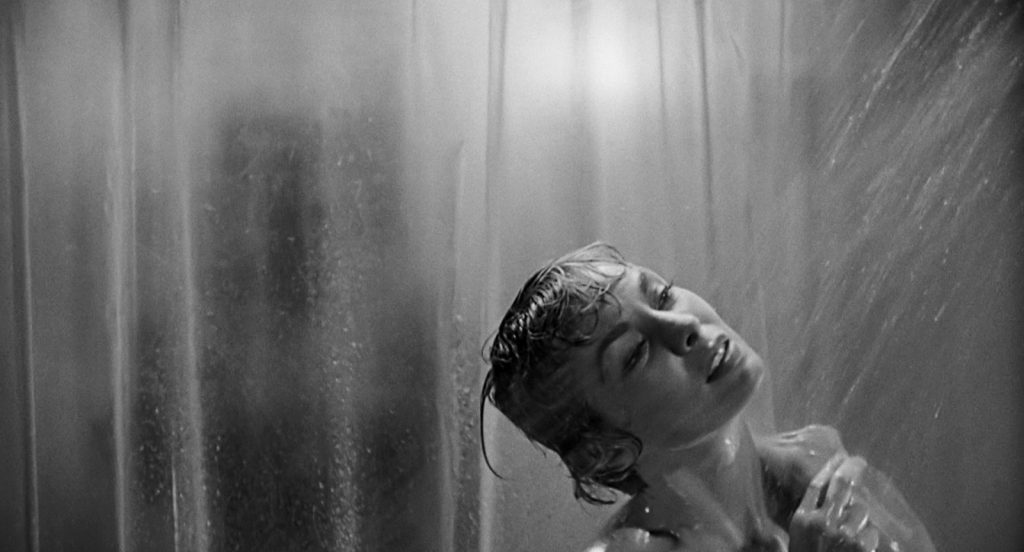
That infamous shower sequence, in which Janet Leigh’s Marion Crane meets her brutal end, was constructed with almost architectural precision. In just 45 seconds, Hitchcock deployed over 70 camera setups. The stabbing itself is never directly shown; instead, the horror is implied through editing, Bernard Herrmann’s shrieking string score, and a choreography of unsettling details.

-
Hicks’ Hexagon officially licensed luxury rugs and runners, designed by David Hicks, as seen in The Shining Overlook Hotel
Designer: David Hicks
Film and Furniture
Directors: Stanley Kubrick, Steven Spielberg, Mike Flanagan
Shop NowOfficially licensed Hicks’ Hexagon rugs and runners as seen in The Shining‘s Overlook Hotel (original design by David Hicks). High quality, custom made, hand tufted 1 ply wool. One of the most iconic carpets in film
Approx £1,690.00 – £7,344.00 / $2213
The shower head blasting water directly at the viewer, the close-up of curtain rings tearing free, and the slow spiral of blood into the plug hole—all build a rhythm of unease. The plug hole dissolves into Marion’s lifeless eye, a visual metaphor for life draining away. More than six decades on, the scene’s juxtapositions of violence, intimacy, and design are still dissected in film schools and referenced across popular culture.

From Hopper’s Canvas to the Silver Screen
The ominous Bates House, looming over the motel like a Gothic sentinel, was inspired by Edward Hopper’s painting House by the Railroad (1925). Its angular isolation became Hitchcock’s architectural shorthand for psychological unease and repression.

Built in 1959 atop a Universal Studios backlot hill, the house was originally only a partial façade—the interiors were filmed on soundstages. When the Universal Studios tram tour launched in 1964, the structure was expanded and quickly became one of the backlot’s star attractions.

A Set That Became a Star
The Psycho House didn’t vanish with the closing credits. It remained a fixture of the Universal Studios tour, its silhouette a living relic of Hitchcockian dread.
Over the years, the house has been relocated, restored, and repainted—passing through Hollywood history in shows like Murder, She Wrote, Invitation to a Gunfighter, and even comedies such as Modern Problems, where it was repurposed in a brighter guise.
For Psycho II (1983), the house was moved once more to echo the aesthetics of the original, while much of the motel was conjured through matte painting. To this day, both the house and the motel remain among the most recognisable structures on the Universal backlot, thrilling tourists and cinephiles alike.

Why Psycho is Trending in 2025
Sixty-five years after its release, the Psycho 65th anniversary in 2025 has brought the film back into the spotlight. Now streaming on Netflix, Hitchcock’s black-and-white masterpiece is reaching a new generation of film lovers, while critics and fans alike revisit the house, the motel, and of course, the infamous shower scene.
The anniversary itself has prompted retrospectives and creative tributes, from the eerie reimagining of Bernard Herrmann’s score in the track Psycho Prelude—with The Office’s Creed Bratton channelling Bates in unsettling style—to a wave of critical essays revisiting the film’s legacy.
At the centre of much of this renewed attention is the shower scene: still dissected in film schools, endlessly parodied, and referenced across popular culture, its stabbing violins, spiralling plug hole, and startling montage remain some of the most recognisable images in cinema.
Contemporary film is also echoing Hitchcock’s themes: Joshua Erkman’s A Desert (2025), set in California’s Yucca Valley, is an homage, re-examining Psycho’s preoccupations with violence, isolation and fractured identity through the lens of modern America.
The House’s Cultural Echoes

Decades after its debut, the Psycho house remains a masterclass in how architecture conjures atmosphere. Its sharp roofline and lonely hilltop perch have become cinematic shorthand for menace. Even pop culture has borrowed its silhouette—Greta Gerwig’s Barbie features Weird Barbie’s house, perched high with a winding stairway, a playful and colourful nod to Hitchcock’s mansion of dread.
At 65 years old, Psycho isn’t just a film—it’s an experience built from design. The bathroom tiles, the curtain rings, the staircase shadows, the silhouette of a house against the sky: Hitchcock knew that space and detail could carry as much emotional weight as dialogue. From Edward Hopper’s lonely canvas to Hitchcock’s backlot masterpiece, from Universal’s studio tour to today’s Netflix streams, Psycho proves that cinema is not only narrative—it’s spatial, psychological, and profoundly visual.
This feature is FREE to Classic members.
Join our newsletter community to receive Film and Furniture inspiration direct to your inbox and we’ll UPGRADE you to Classic Membership (which includes access to our exciting giveaway draws) for FREE.
To access in-depth features, video interviews, invitations to pre-release film screenings, major exhibitions and more, become a Front Row or Backstage member today!


